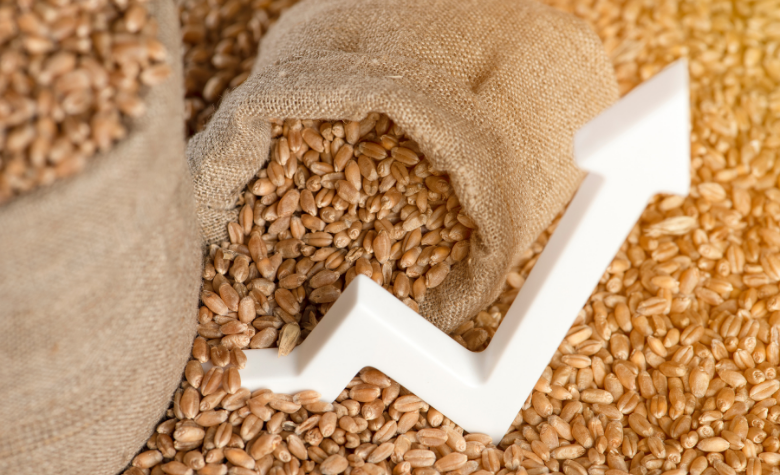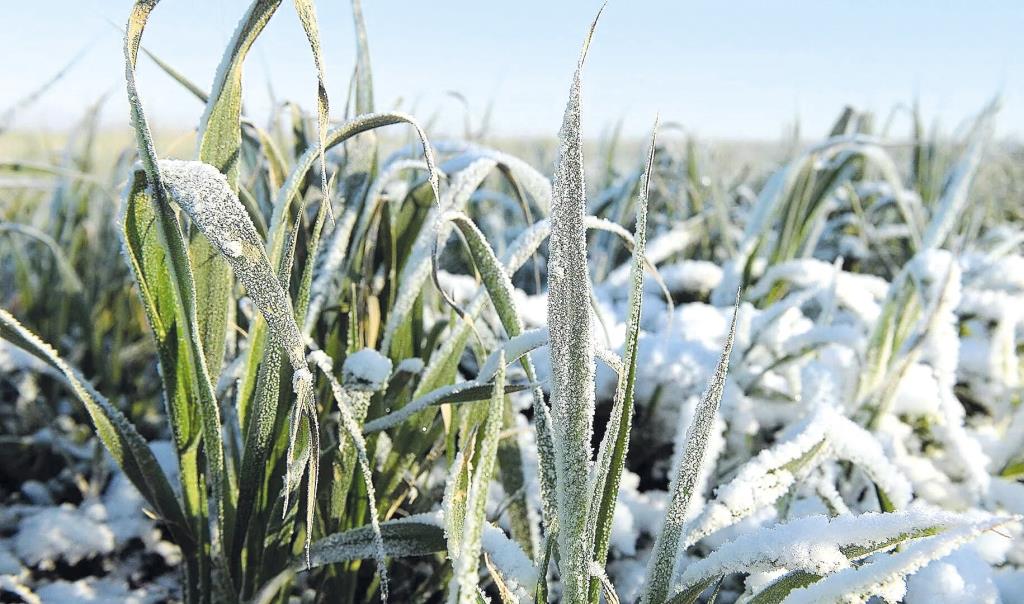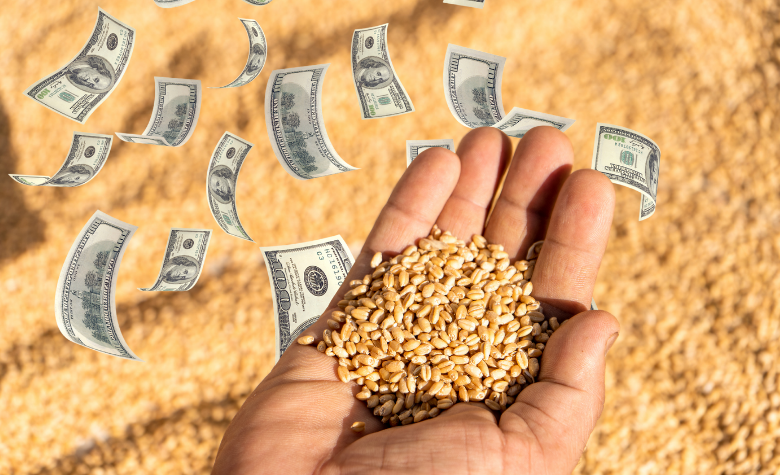
With the dawn of the new 2025/26 agricultural season, Ukrainian farmers once again find themselves facing multifactorial pricing and high market volatility. From favorable weather conditions to global trends on agricultural exchanges, all these factors directly impact the income of domestic agricultural producers. After several challenging years, particularly due to the full-scale war, farmers finally have some grounds for cautious optimism. Export logistics have stabilized, seaports are actively operating again, and prices for certain crops are showing positive dynamics compared to the previous year.
At the same time, significant risks remain. Weather surprises, political decisions regarding duties and quotas, and global surpluses or deficits can all drastically change the market situation in a matter of weeks. The issue of pricing for industrial crops, particularly sunflower, is especially acute, as the global increase in planted areas could affect domestic purchase prices.
To better understand the prospects, risks, and opportunities for Ukrainian farmers at the start of the new season, we sought commentary from Svitlana Lytvyn, Head of the Analytical Department at the Ukrainian Agribusiness Club (UCAB). In her analysis, she outlines the real state of affairs in the grain and industrial crops market and identifies the main factors shaping agricultural product prices in Ukraine.
Ms. Lytvyn, what are your expectations regarding the price levels for major grain crops (wheat, corn, barley) at the start of the 2025/26 season? What is the situation in the industrial crops market—particularly for sunflower and rapeseed? Should farmers expect stable demand and competitive prices?
Since the wheat and barley harvest has already begun, we can confidently state the prices for these crops at the beginning of the season. At the end of July 2025, the price for wheat in ports is at $221 per tonne, which is $25 higher than the figure for July 2024. As for barley, the price is at $202 per tonne in the ports of Odesa, which is $53 higher than the same indicator last year.
Regarding corn, it is still difficult to forecast the price because this year’s weather conditions could still bring “surprises” that will affect pricing. Furthermore, there is currently a downward trend in global corn prices, which will also influence the Ukrainian market.
The rapeseed harvest has already started, and we can record prices at the end of July 2025 in ports at the level of $503 per tonne, which is $35 higher than the previous year’s figure.
As for sunflower prices, which we will begin harvesting in late August or early September, everything will depend on the gross harvest (there are currently significant concerns about its volume due to weather conditions) and global supply. According to preliminary estimates, in the 2025/26 marketing year, the main sunflower-producing countries increased their planted areas due to the high price of this product in the previous marketing year. This could have a negative impact on Ukrainian pricing. Moreover, the oilseed market is very complex, as its pricing is actively influenced by related markets: soy, rapeseed, sunflower, palm oil, and even crude oil.
What factors are currently having the greatest impact on pricing in the agricultural sector? How significant is the influence of logistical problems (exports via ports, railways, borders) on the formation of purchase prices in Ukraine?
The main factors influencing pricing in Ukraine are:
- Global price trends (supply from major producing countries and demand from major exporting countries);
- The forecasted gross harvest in Ukraine;
- The effective functioning of export logistics in Ukraine;
- The absence of transitional stocks;
- The adoption of the “rapeseed-soybean amendments” and the implementation of export duties;
- Tariff policies on global markets and the existence of quotas.
Regarding export logistics, which for a long time was the main limiting factor in wartime conditions, it is now functioning much better. As in the pre-war period, the lion’s share of exports goes through seaports, which allows products to be delivered to buyers with minimal logistical costs. However, the situation remains fragile because circumstances can change depending on the course of military operations.
In conclusion:
The start of the 2025/26 season shows mixed signals for Ukrainian farmers. On the one hand, rising prices for wheat, barley, and rapeseed offer hope for improved financial performance. On the other hand, uncertainty regarding the corn harvest and the risks of a saturated sunflower market call for caution. The stability of logistics is a key factor that helps ensure competitive prices, but it also depends on external political circumstances. Farmers should closely monitor global trends, domestic government decisions, and weather forecasts, as these are the variables that will determine the success of the new agricultural year.
Specially for “AgroElita” magazine


